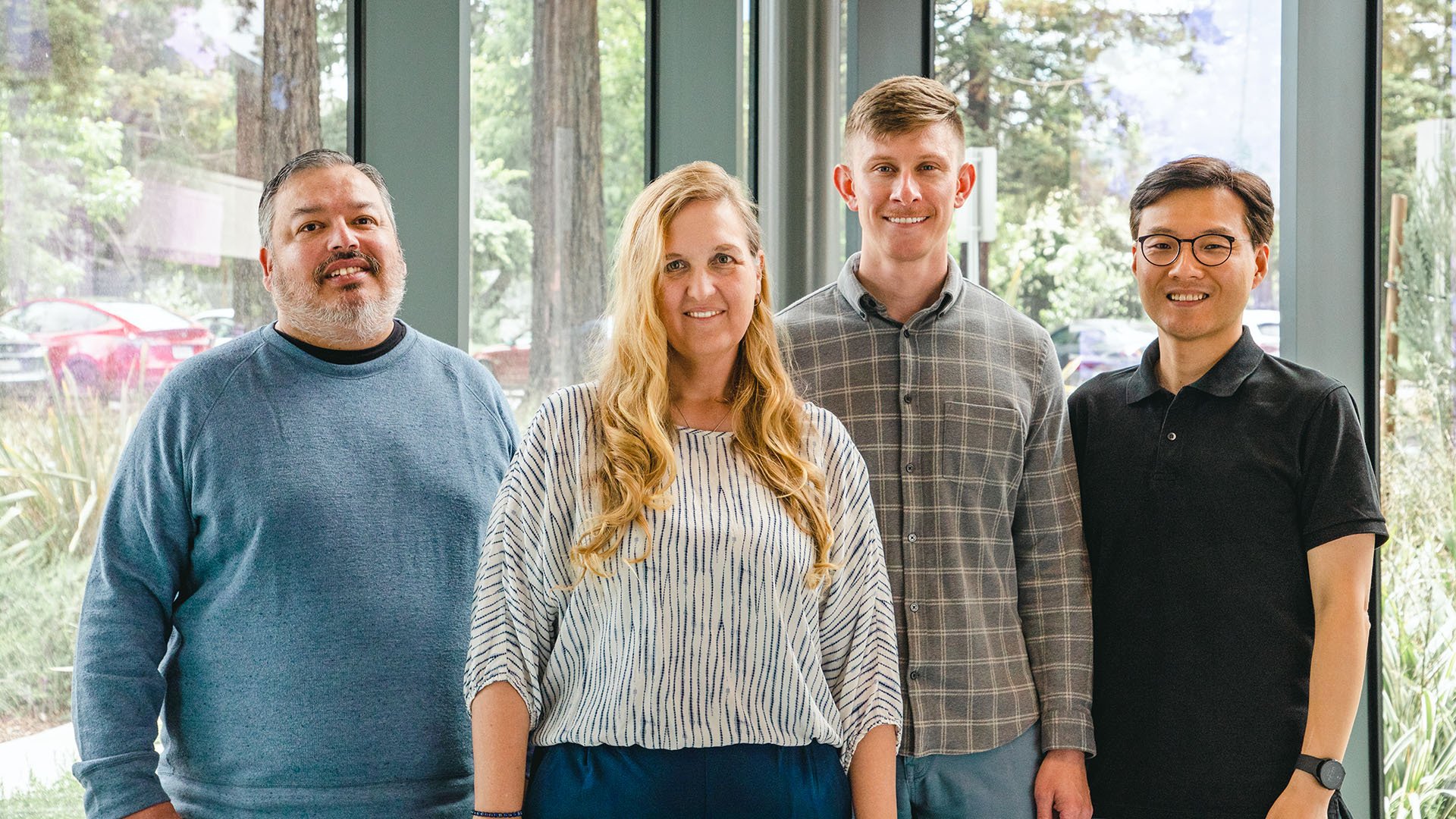Protecting our autonomous future
From our leaders | May 31, 2023 | 3 min. read

Designing and developing an autonomous driving system is a hard problem made up of many, many other hard problems. As we make progress toward our mission to deliver the benefits of self-driving safely, quickly, and broadly, the Aurora team is constantly working to solve these hard problems.
These solutions are often novel—meaning we’ve invented something new and exciting. For example, to help unlock safe highway driving, we invested in long-range lidar that can see beyond 400 meters and instantaneously measure the velocity of other road users; to train our self-driving system safely and efficiently at scale, we built a powerful simulation engine capable of running millions of virtual scenarios at once; and to allow us to deploy our technology quickly and broadly on both trucks and cars, we designed a transferable, modular hardware kit.
Developing novel solutions to problems the rest of the self-driving industry is tackling puts us in a strong competitive position as a company. But our inventions are only one piece of the puzzle: we have an entire team dedicated to protecting Aurora’s valuable intellectual property.
To learn more about how we protect Aurora’s innovations, we interviewed Catherine Tornabene, Aurora’s Deputy General Counsel, Intellectual Property.
What is it like to work on intellectual property at Aurora?
As an intellectual property (IP) specialist, it’s great to work in a place that has such a broad array of IP—encompassing patents, trademarks, copyrights, trade secrets, and more. We also work with other members of the legal team and with our supply chain team to make sure our commercial agreements protect us.
Not all early-stage startups hire IP specialists, but Aurora’s leadership had the foresight to invest in IP. I’ve been with Aurora since 2017 and have been fortunate to be able to build a great team with diverse experiences and backgrounds. It’s been a joy to watch the growth of the company and the maturation of our approach to IP.
What is your team’s approach to IP?
Just as Aurora is focused on building foundational technology, our focus as a team has historically been on protecting foundational inventions—innovations that we believe have proven to be or have the potential to be fundamental to the development or delivery of our self-driving products.
My team works closely with Aurora’s engineers to assess new innovations and decide how we want to protect them. Sometimes we might choose to patent an invention; sometimes we might decide that it’s better maintained as a trade secret. It’s often an ongoing discussion. This collaborative approach works well for us because we have a deep appreciation for the work Aurora’s engineers do. Our team includes technical lawyers with extensive experience in both intellectual property management and engineering—because to protect our inventors and their inventions, we have to understand them.
What can you tell us about Aurora’s patent portfolio?
Recently, Aurora was recognized by LexisNexis as one of the most innovative companies in the world, and that’s in part because of our patent portfolio.
Aurora’s patent portfolio is made up of over 1,400 assets and is a mix of homegrown inventions and innovations we obtained through strategic acquisitions. It contains older patents from the earlier days of the autonomous vehicle industry, and newer filings that reflect our most recent advancements.
Approximately 50% of our portfolio is related to hardware innovations, and the other 50% is related to software. We patent work by Aurorans across the country (from Pennsylvania to California, Montana, Washington, and Colorado) and file patent applications in the U.S. and overseas.
What makes a patent portfolio strong or innovative?
A patent portfolio is only as good as its inventors. Through our acquisitions of 7D Labs (2019), Blackmore (2019), Uber’s Advanced Technologies Group (2021), OURS (2021), and Colrspace (2022), we have expanded our team to include exceptional talent working on the cutting-edge of self-driving systems, lidar development, and simulated environments.
Thanks in part to these acquisitions, Aurora’s product and engineering teams have depth and breadth of expertise across all of the systems and technologies we need to develop our autonomous trucking and ride-hailing products. Couple this with our commitment to a culture that fosters creativity, collaboration, and rapid experimentation, and we end up with what seems like a never-ending stream of new and interesting inventions. In fact, there’s so much great work happening in our offices across the country that my team often faces the challenge of choosing which inventions we should invest the time and funds into patenting.
It’s been incredibly exciting to get to learn from and work closely with such innovators, and our strong patent portfolio is a byproduct of having this team of people working on novel, transformative technology.
What role does Aurora’s intellectual property play in our mission to deliver the benefits of self-driving safely, quickly, and broadly?
At the end of the day, Aurora’s investment in intellectual property, including a strong patent portfolio, is evidence of our commitment to our mission and our vision for the self-driving industry. After all, you don’t invest in a patent portfolio unless you have hope for the future.
Delivering the benefits of self-driving technology safely, quickly, and broadly.